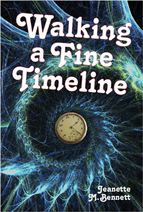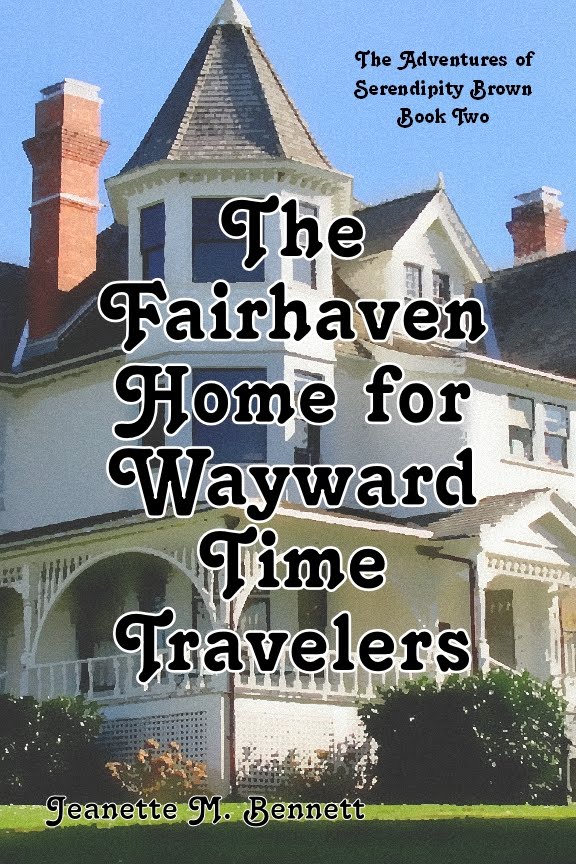 Today I visited the Lower Eastside Manhattan. This is the dumping ground for immigrants who can go no further. Having spent all their money to get to America, many can‘t afford a train ticket out of town. There are dozens of nationalities living here: Italians, Jews, Irish, Germans, Poles, Ukrainians, Chinese, Czechs, etc. practically on top of each other in these overcrowded neighborhoods. The streets are glutted with people, wagons, and pushcarts. The carts sell everything from food to used clothing, serving as tiny portable shops for struggling merchants.
Today I visited the Lower Eastside Manhattan. This is the dumping ground for immigrants who can go no further. Having spent all their money to get to America, many can‘t afford a train ticket out of town. There are dozens of nationalities living here: Italians, Jews, Irish, Germans, Poles, Ukrainians, Chinese, Czechs, etc. practically on top of each other in these overcrowded neighborhoods. The streets are glutted with people, wagons, and pushcarts. The carts sell everything from food to used clothing, serving as tiny portable shops for struggling merchants. Most of the buildings in these neighborhoods are tenements, thrown up in the mid-19th century to take advantage of the influx of poor immigrants. Some are as tall as seven stories, and none of them have elevators. The first floor is reserved for businesses. Above that are apartments--if that is the correct word. Many have been divided into single room dwellings where as many as ten to fifteen people are crammed, with no plumbing, windows or ventilation. Over 300,000 can be found in a square mile here, making this the most densely packed population in the world currently.
 Often times these squalid rooms are not only “home“, but also workplace. Mothers assisted by all her children will spend all day cracking nuts, assembling paper flowers, or sewing for meager wages. They can’t even escape these prisons during the day.
Often times these squalid rooms are not only “home“, but also workplace. Mothers assisted by all her children will spend all day cracking nuts, assembling paper flowers, or sewing for meager wages. They can’t even escape these prisons during the day.Disease is rampant here, not only because of the overcrowded conditions and poor sanitation, but because starvation has broken down resistance to illness. People who had gambled everything for a better life now find themselves in a virtual hell.
Those who can’t be heard now have a spokesperson. This evening I attended a lecture by Jacob Riis. Armed with a camera, he captured the misery of the innocent victims of poverty. He now goes to various churches, clubs and synagogues showing the rich and middle-class slides of his photos and describing what he had seen. I couldn’t believe the horrified looks on the faces of the audience. More than one mother dabbed her eyes to see babies living in filth. The pictures are heartbreaking. To find out people are dieing of neglect in America’s wealthiest city is a shock to them.
 Jacob Riis knows poverty first hand. He came to America from Denmark in 1870 when he was 21 years-old. Penniless, he struggled to stay alive until he eventually landed a job as a police reporter for the New York Tribune. Having escaped out of the slums, he now had to return to them to cover the news. Riis decided to expose the biggest crime of all in New York--the deplorable conditions of the city’s poor. In 1890 Riis published How the Other Half Lives, followed by other books about the slums. His efforts will have an impact. Slowly laws will be passed and conditions improved. He will even get the worst slums around Five Points torn down and replaced with a much needed park.
Jacob Riis knows poverty first hand. He came to America from Denmark in 1870 when he was 21 years-old. Penniless, he struggled to stay alive until he eventually landed a job as a police reporter for the New York Tribune. Having escaped out of the slums, he now had to return to them to cover the news. Riis decided to expose the biggest crime of all in New York--the deplorable conditions of the city’s poor. In 1890 Riis published How the Other Half Lives, followed by other books about the slums. His efforts will have an impact. Slowly laws will be passed and conditions improved. He will even get the worst slums around Five Points torn down and replaced with a much needed park.Jacob Riis wore the title of Muckraker proudly. Two years ago he showed New York how it’s water supply was being contaminated by sewers. It was cleaned up. In 1895 he will show future Police Commissioner, Theodore Roosevelt, how nine out of ten policemen were not at their posts. Roosevelt fixed that. Roosevelt would come to call Riis “the Best American I ever knew.”
Reform is never easy, but I get the feeling Jacob Riis does not doubt he will win in the end. He would probably be surprised though to find out parks, schools and civic centers will be named for him in both New York City and Chicago. After the lecture I had to walk up and shake this man's hand--and it wasn’t just to get a close-up.
The story of Jacob Riis (short video)
A collection of Jacob Riis photos
Download Jacob Riis books:
How the Other Half Lives
Children of the Tenements
Out of Mulberry Street: Stories of Tenement Life in New York City
The Battle With the Slums
Neighbors: Life Stories of the Other Half




No comments:
Post a Comment
Due to bots sticking ads into the comments I am now forced to moderate. Differing opinions are welcomed. This is history, which is the surviving written record, which may or may not be accurate. I will even allow comments pushing other books or websites as long as they are relevant.